Tourist spot and Event
11 items are found.
- Sort by sequense
- Sort by popularity
- Sort by update order
-
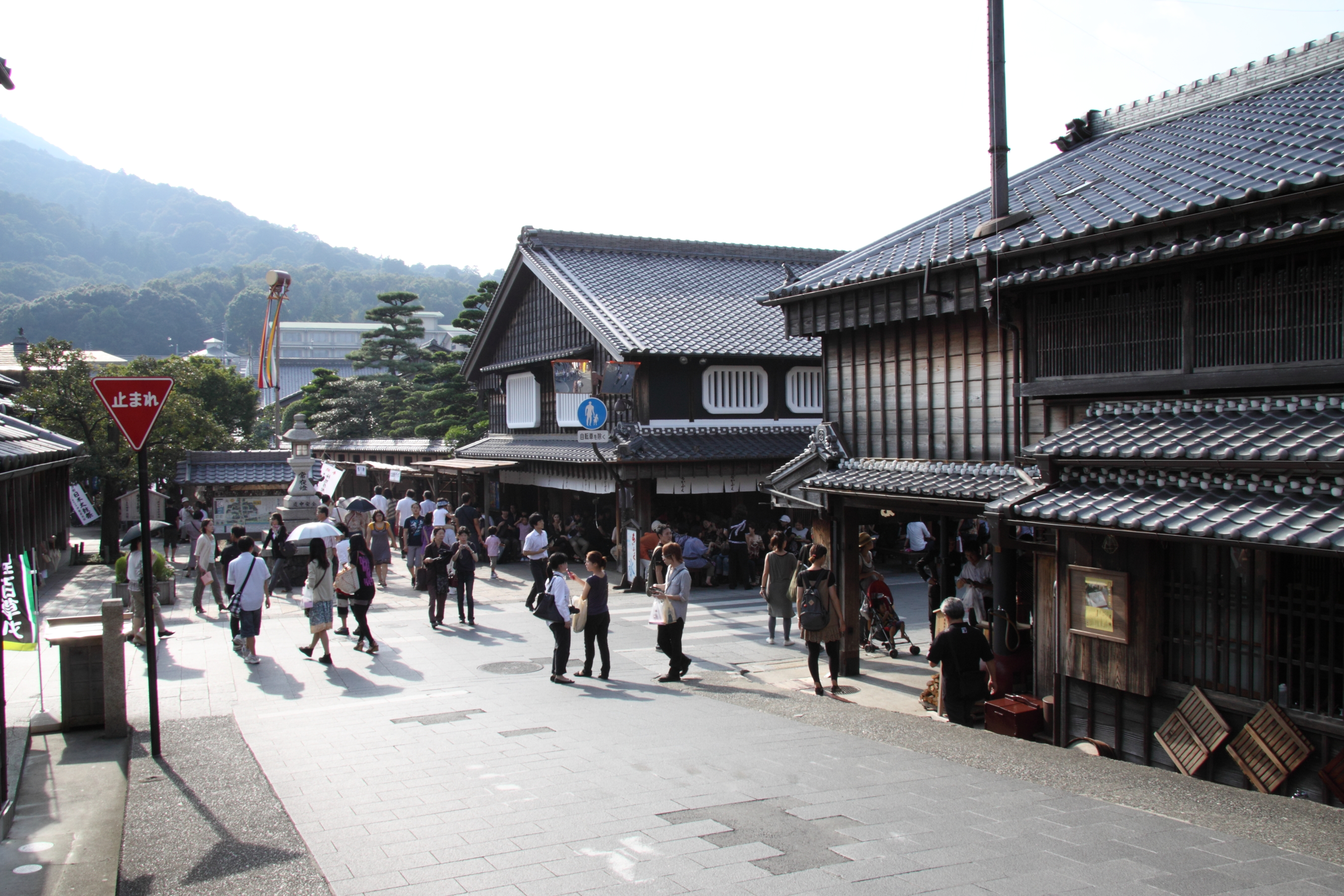
Oharai-machi
A town that developed near the gate of Ise Jingu Shrine. Visitors are sure to feel at ease by the old fashioned atmosphere.
After worshiping at Ise Jingu, take a stroll in the old town. From the Ujibashi Bridge, which is the entrance to Naiku, there is a stone-paved alley stretching along the Isuzugawa River, and stand...
../spot/detail_1817.html -
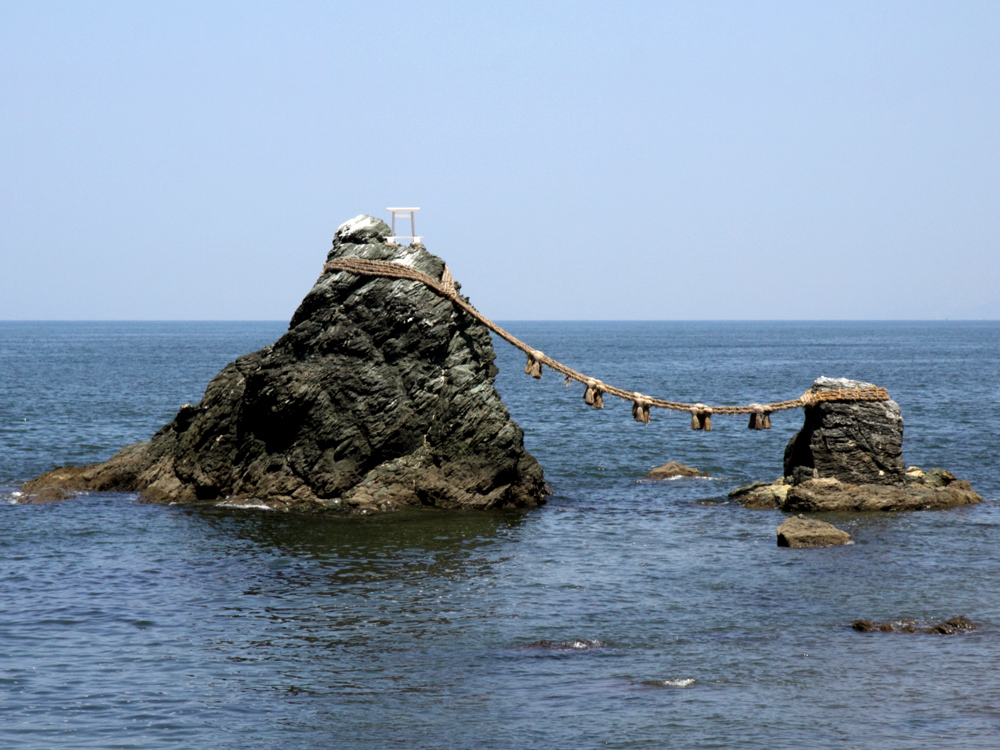
Meotoiwa (rocks of the married couple)
Raise the luck for a successful love at the famous matchmaking power spot!
The couple rocks have been regarded as a torii (an entrance gate of shrine) for worshiping the Japanese Goddess of the Sun from ancient times. A great thick, sacred, straw rope connects the hasba...
../spot/detail_2231.html -
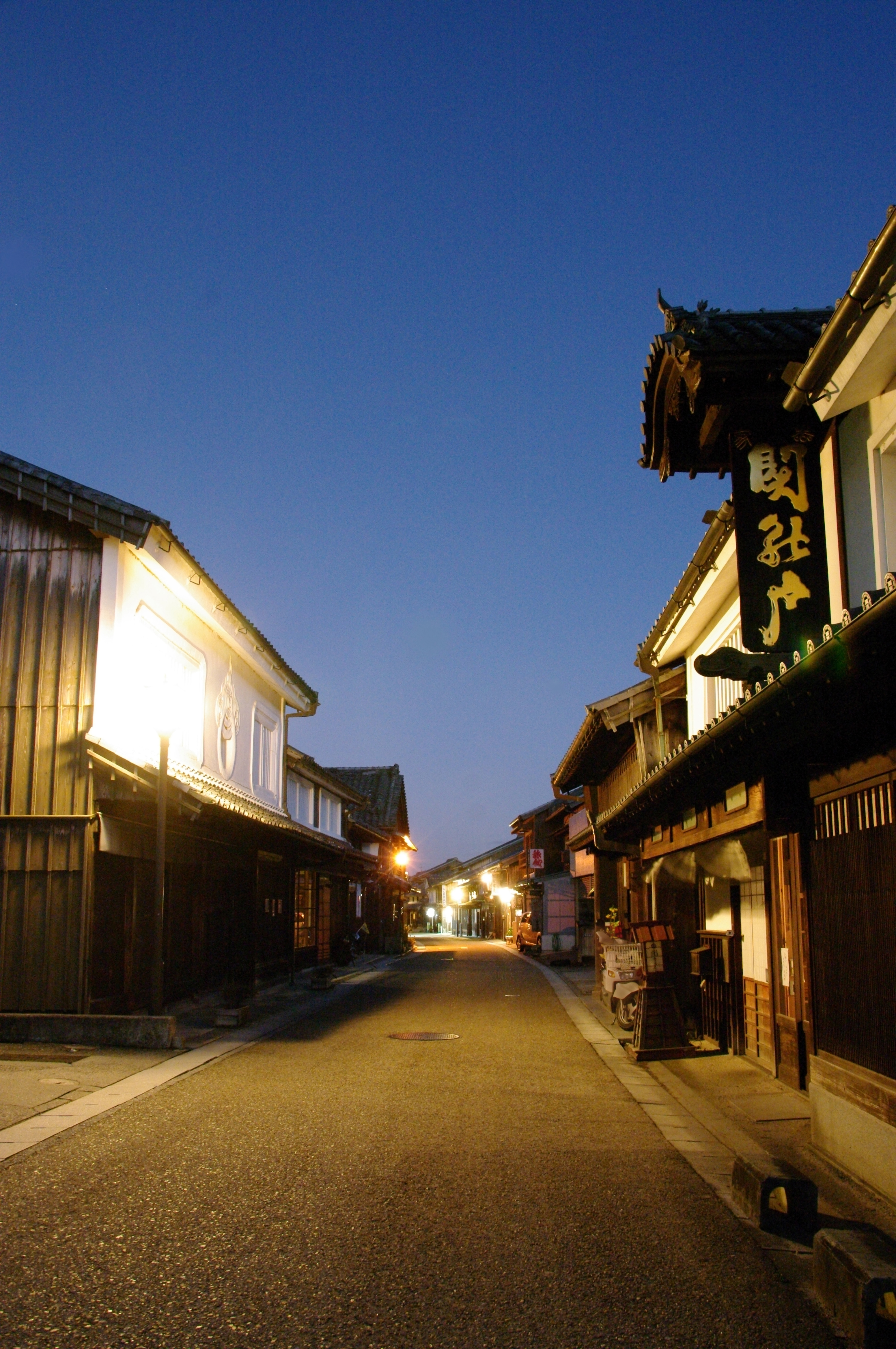
Sekijuku
Go back in time to a beautifully preserved Edo Period post town on the Tokaido Road between Tokyo and Kyoto.
Sekijuku has been preserved as it was during the Edo Period when it was a busy post town on the Tokaido Road route between Tokyo and Kyoto. Many of the buildings have been kept in their original st...
../spot/detail_1840.html -
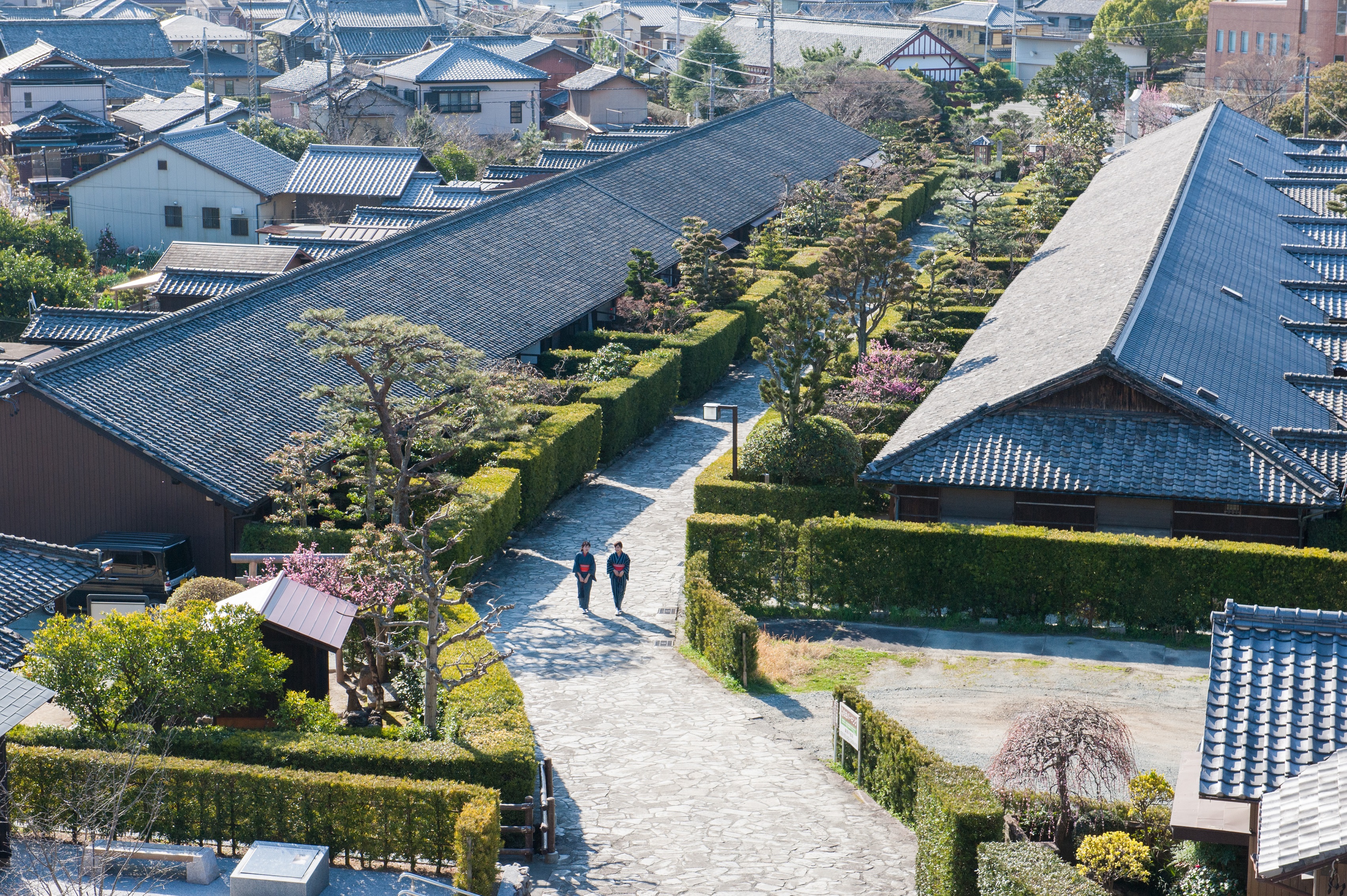
Gojouban Yashiki
The descendants are living and preserving the samurai residence!? The residence of the samurai who guarded the castle.
Only 10 minutes by Kintetsu's Express train from "Iseshi" Station, which is nearby to Ise Jingu Shrine! Matsusaka, which is the home of Matsusaka beef, is a perfect location to visit befo...
../spot/detail_3145.html -
Okage Yokocho
A town that developed near the gate of Ise Jingu Shrine. A district that is particularly popular and crowded.
"Okage Yokocho" is in the middle of "Oharai-machi", a town that developed near the gate of Ise Jingu Shrine's Naiku. There are many little stalls like you see at fairs, and ev...
../spot/detail_1821.html -
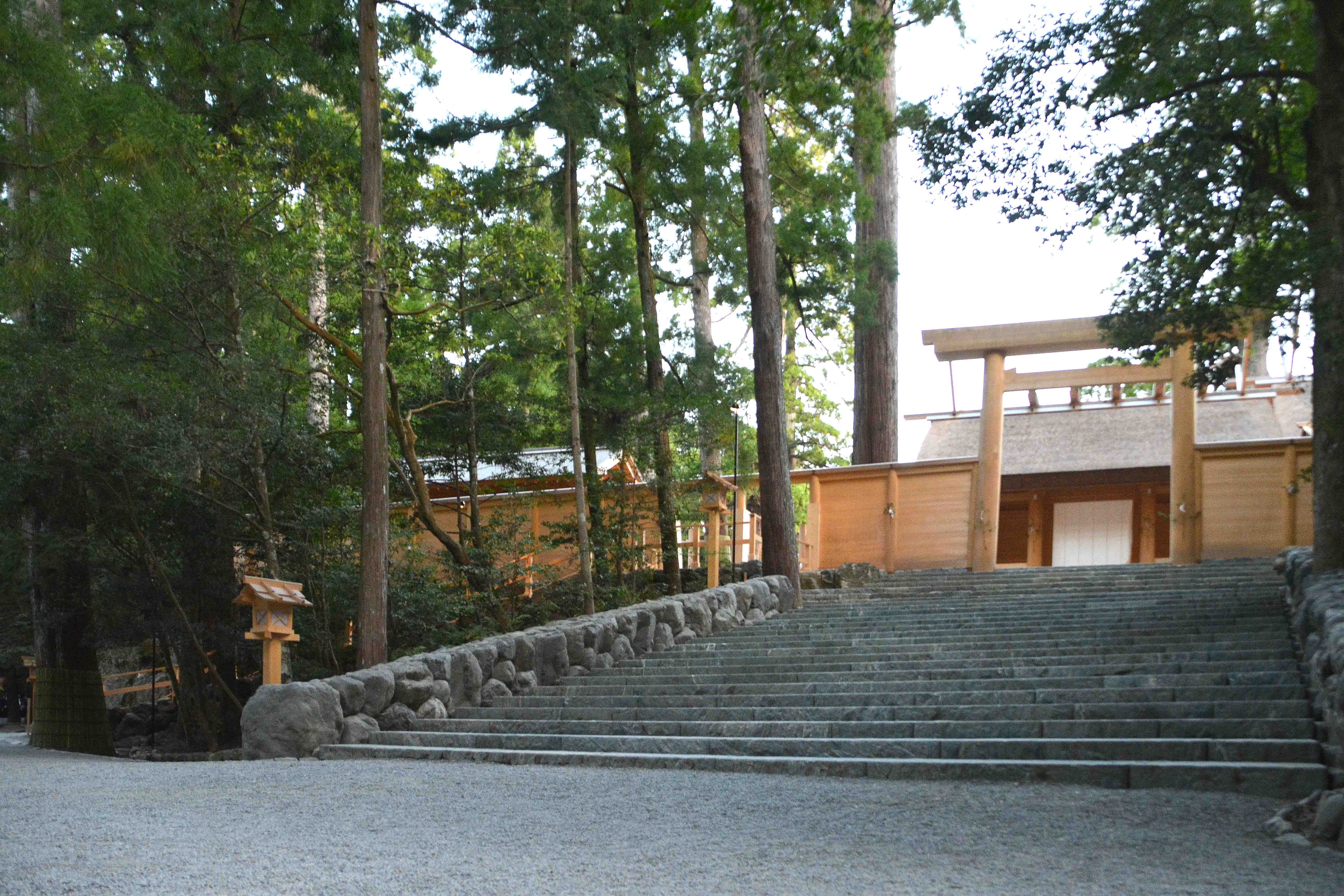
Ise Jingu Naiku (Kotaijingu)
Go on a pilgrimage to the most sacred place in Japan.
In the old days, Ise Jingu Shrine was at the top of all the shrines in Japan, and many Japanese "desired to visit there at least once in their lifetime". Amaterasu-Omikami, who is beli...
../spot/detail_2937.html -
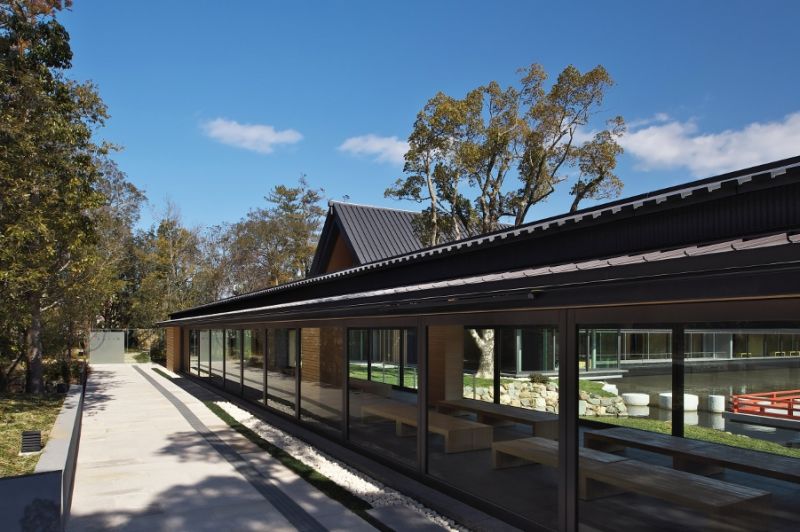
Sengukan Museum
Sengukan Museun is a museum adjacent to Geku (Toyo'uke-daijingu) of Ise Jingu, where you can learn about "Shikinen Sengu." On the sacred ground of Ise Jingu, a wide variety of more than 1...
../spot/detail_21814.html -
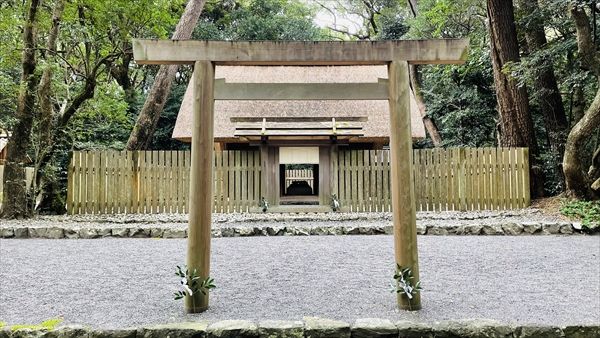
Mishiodono Jinja
Mishiodono Jinja belongs to Ise Jingu, which comprises 125 closely related jinjas located in Ise City and its suburbs. This shrine has been perpetuating the ancient craft of salt-making for centuri...
../spot/detail_24868.html -
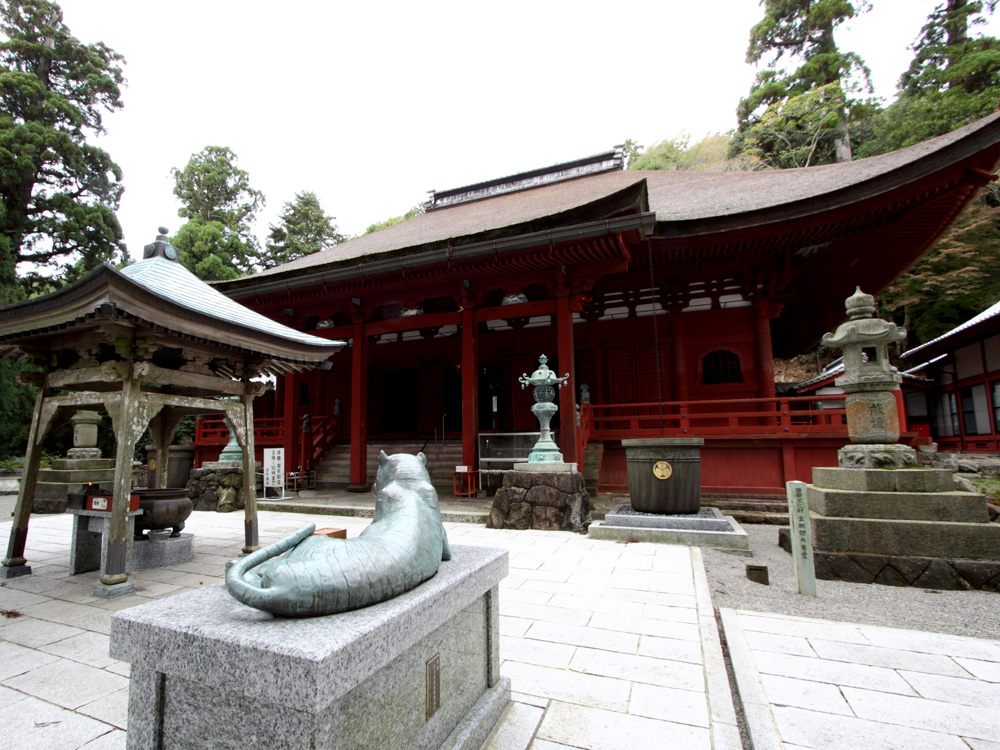
Asamadake Kongoshoji Temple
Kongoshoji Temple is located near the summit of Mt. Asama in Mie Prefecture, and protects the northeast (= unlucky direction) of Ise Jingu Shrine. As sung in the famous Ise ondo (dance song): “If y...
../spot/detail_3035.html -
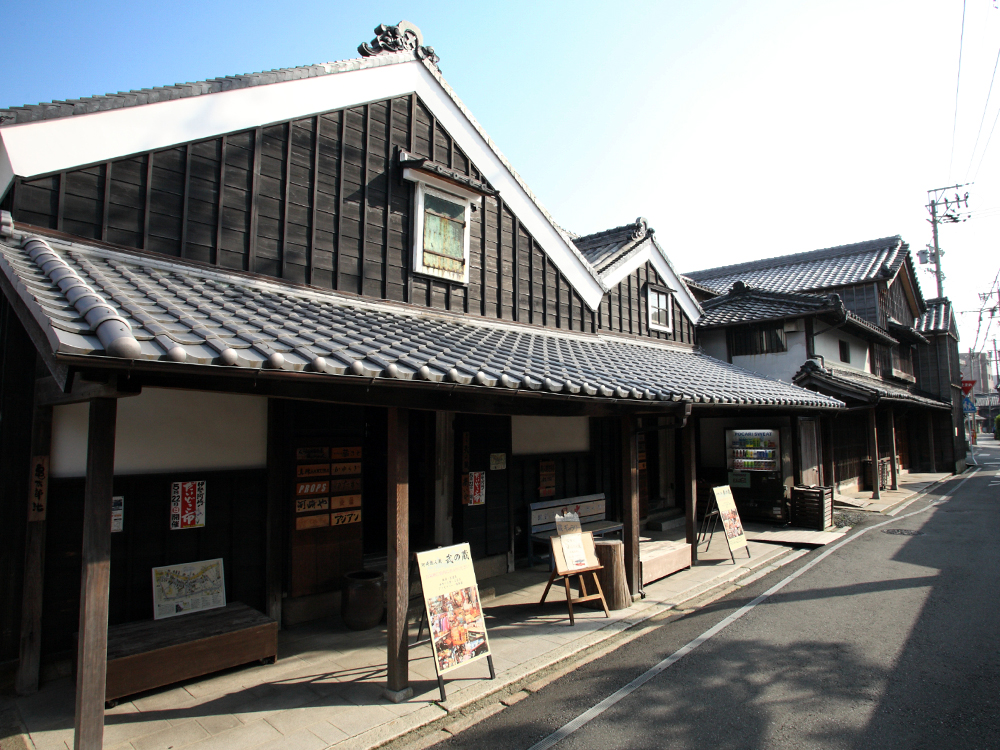
Ise Kawasaki
Enjoy an atmospheric stroll around the old kura warehouse town, once known as “the Kitchen of Ise.” It is filled with cafes and shops inside renovated storehouses. White-plastered merchant houses a...
../spot/detail_1816.html -
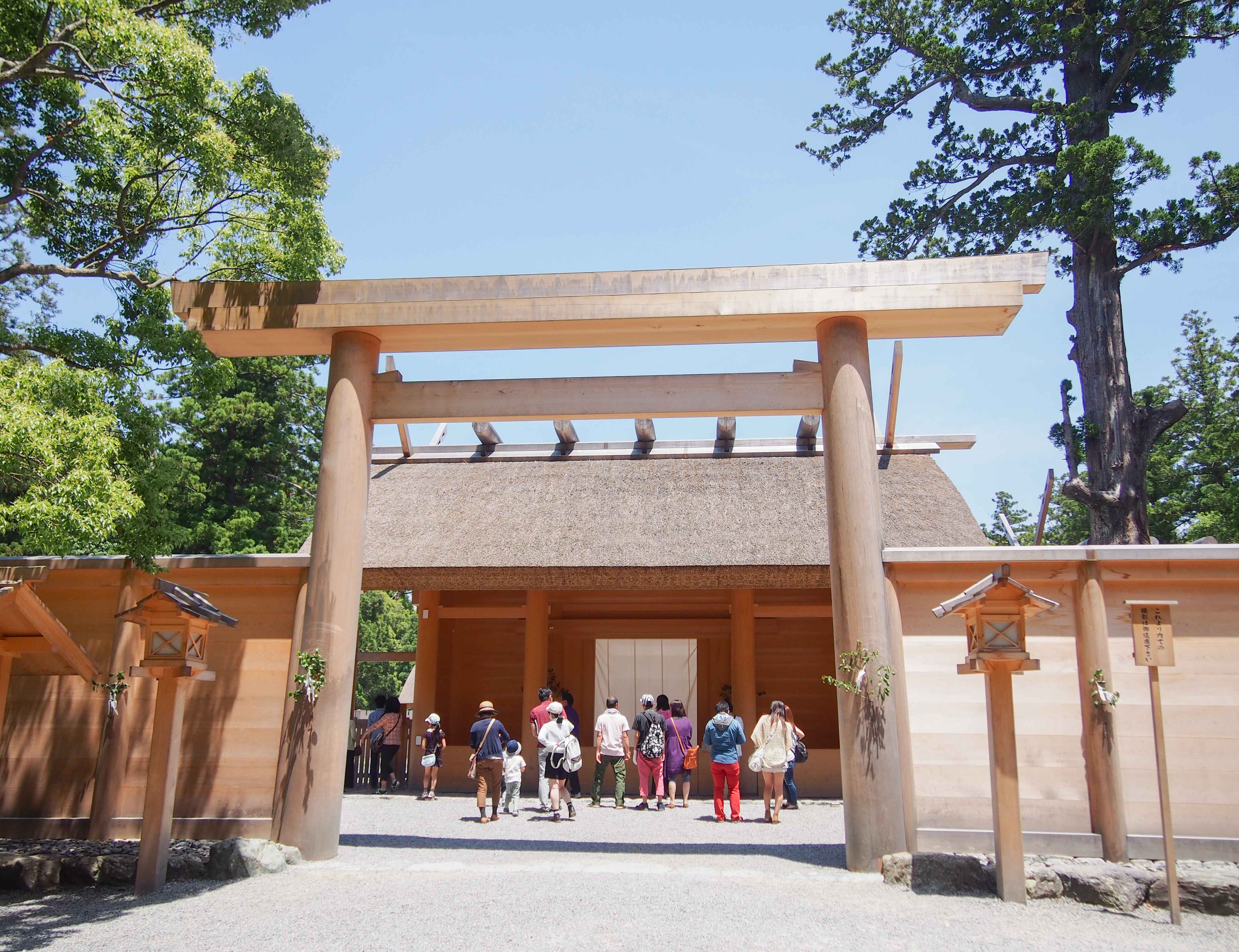
Ise Jingu Geku (Toyo'uke-daijingu)
"Oise-mairi" (pilgrimage to Ise Jingu Shrine) starts from "Geku". The god and guardian of three essentials of human life, namely cloth, food and shelter, are to be worshipped.
Whereas Naiku of Ise Jingu is dedicated to Amaterasu-Omikami, Geku is dedicated to Toyo'uke-no-Omikami, who is believed to be the guardian of three essentials of human life, cloth, food and shelter...
../spot/detail_2933.html
Recommendations on seasonal best
-
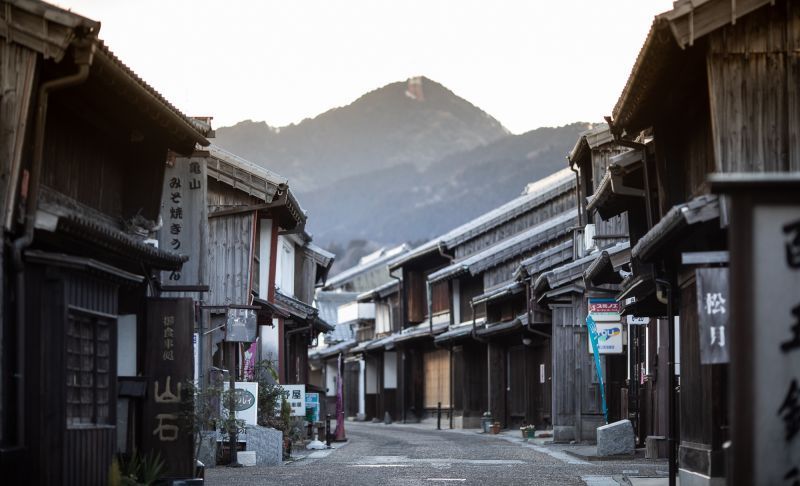
Travel back in time to old Japan! Strolling around Sekijuku
When you think of historical spots in Mie Prefecture, Ise Jingu Shrine is one place that comes to mind, but that’s not all. On this trip, we visited Sekijuku, a town that makes you feel as if you have traveled back in...
https://www.kankomie.or.jp/en/report/detail_246.html -
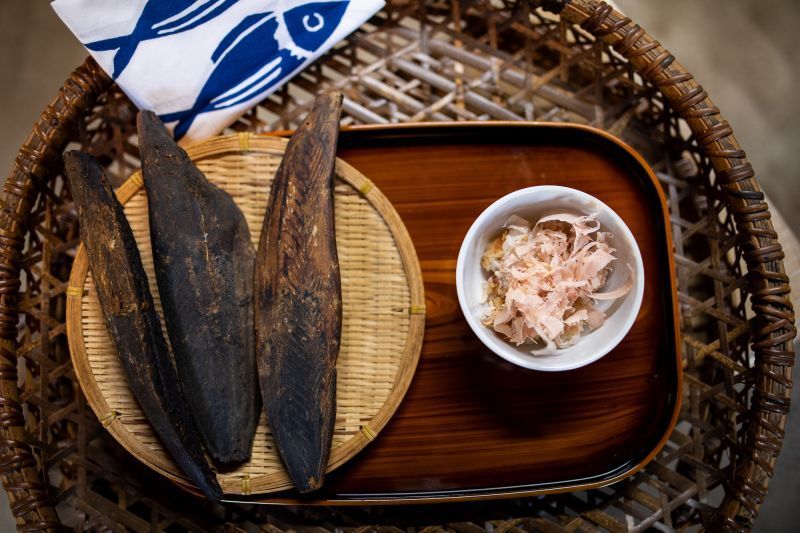
Get to know the essence of bonito flakes, an indispensable ingredient in Japanese cuisine
Japanese food is attracting worldwide attention for its health benefits, and “dashi” is indispensable to its flavor. Dashi is usually made from dried kelp or dried bonito flakes. This time, we visited a long-establish...
https://www.kankomie.or.jp/en/report/detail_247.html -
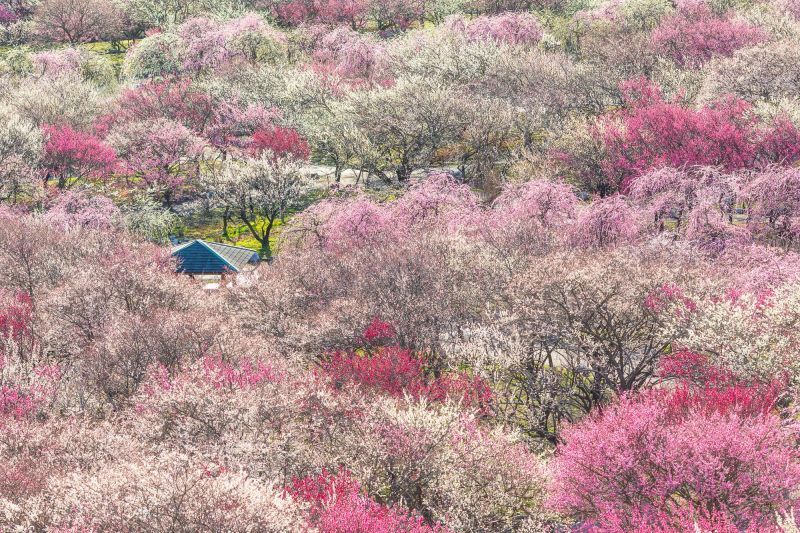
Inabe Plum Grove: Spectacular Spring Scenery Rooted in Community
For many people, spring in Japan means only one thing: cherry blossoms. In Mie, however, there’s more to the season than just sakura, and stunning views of plum blossoms bursting with color can be seen throughout the ...
https://www.kankomie.or.jp/en/report/detail_248.html -
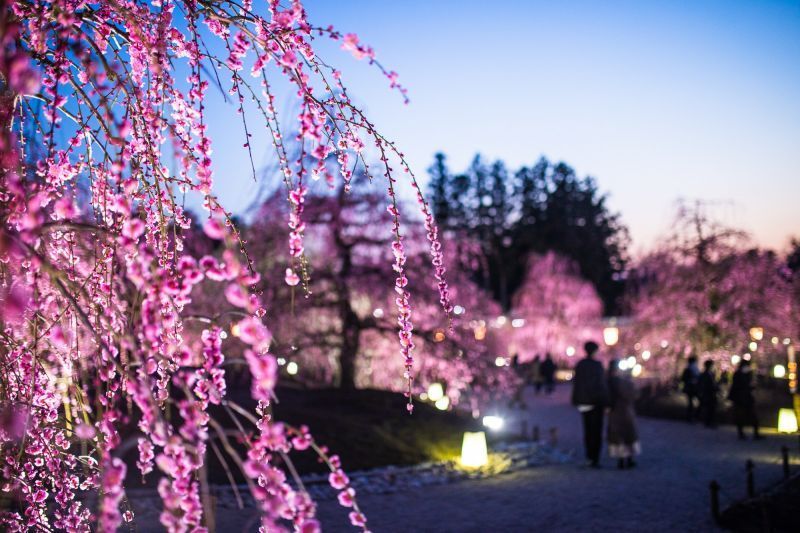
Suzuka Forest Garden, a magnificent world-class view in Mie
The magnificent views of the cherry blossom petals blowing in the spring breeze is what people will think of in Japan’s spring season. But in Mie Prefecture, there is a different herald of the arrival of spring. The b...
https://www.kankomie.or.jp/en/report/detail_249.html -
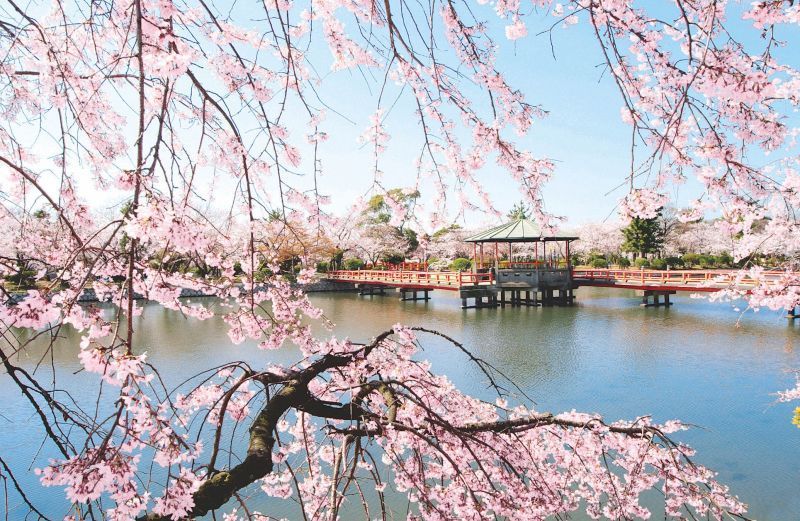
Go on a Springtime Adventure in Kuwana
Japan is famous for its springtime cherry blossoms and Mie Prefecture is no exception. There are many cherry blossom viewing spots across the prefecture, but for those who want to go where those “in the know” enjoy th...
https://www.kankomie.or.jp/en/report/detail_250.html